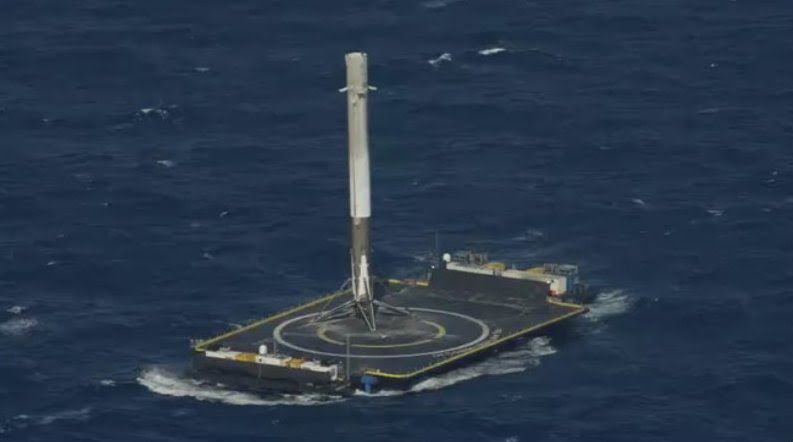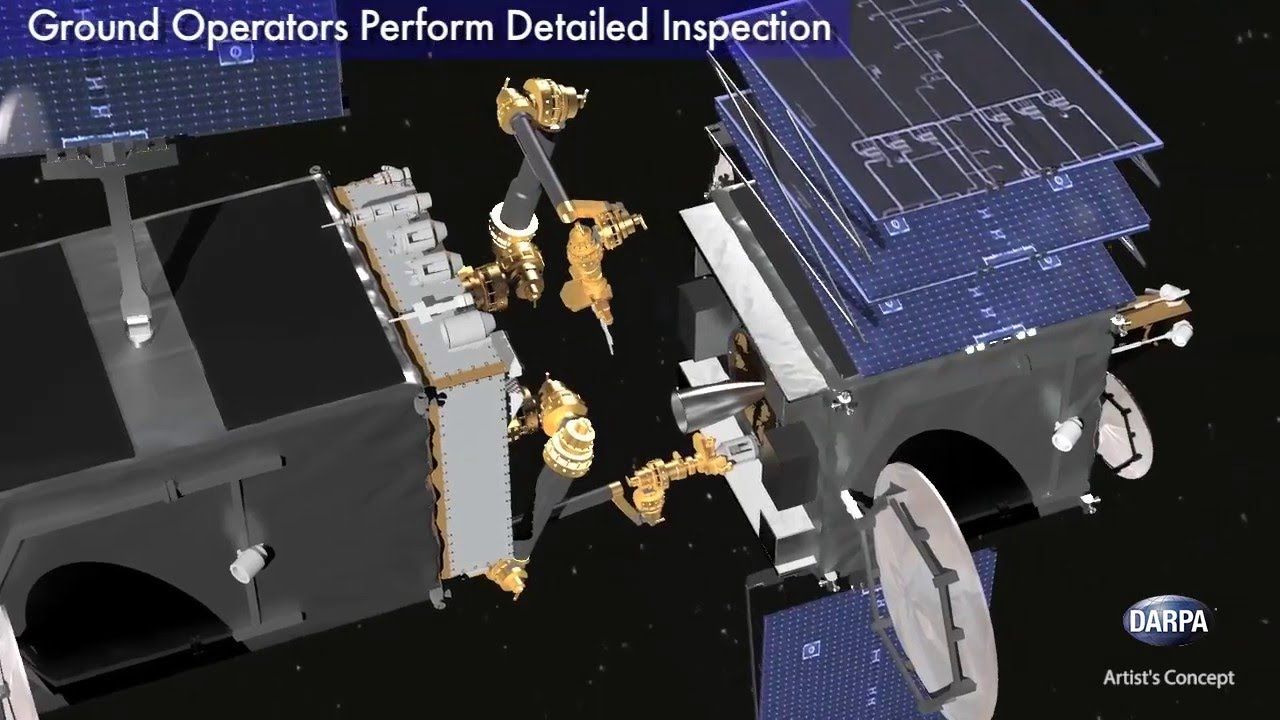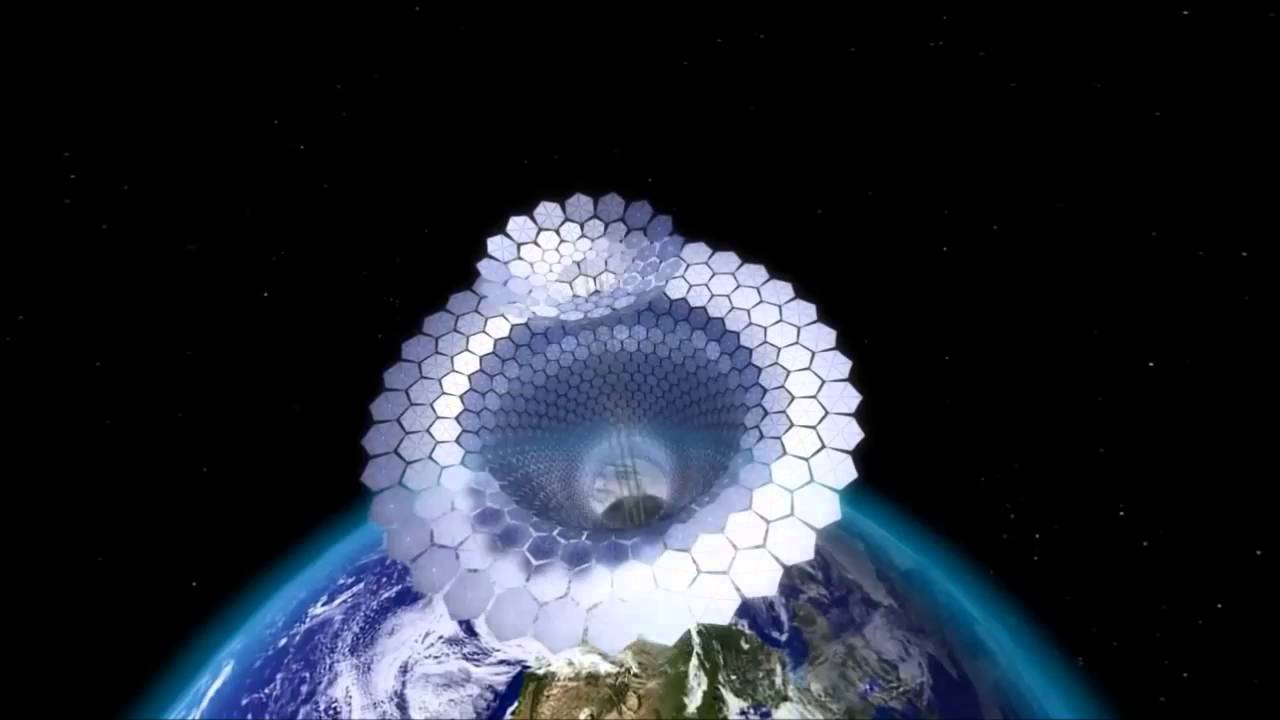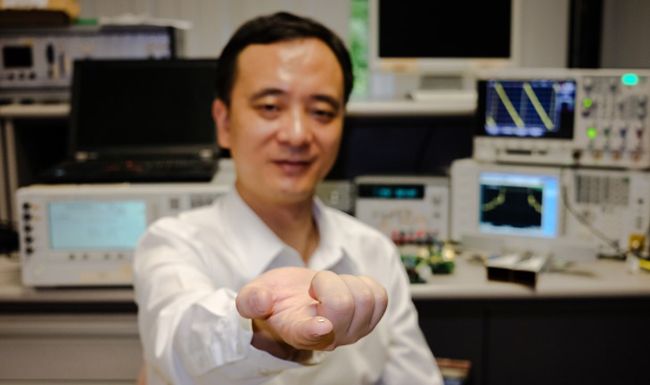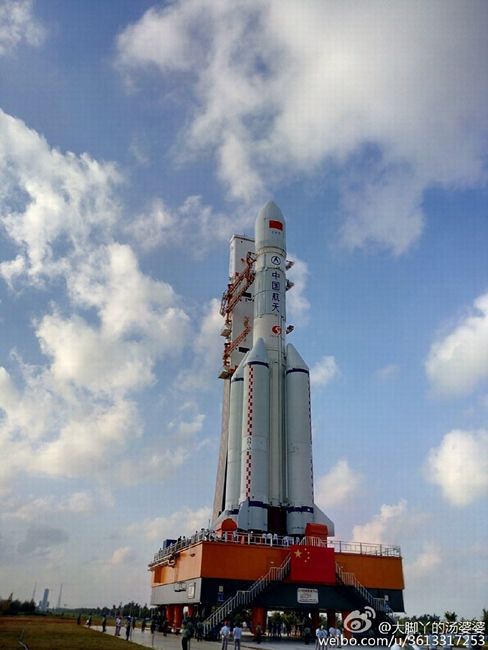Although Google has been filing patents for the design of an advanced high-altitude balloon network for some time now (examples one and two) and CEO Larry Page talking up Project Loon with Charlie Rose at a TED Conference, it appears that they’re simultaneously dreaming of another Moon Shot project related to a communications satellite constellation wrapped around the globe.
In 2014 Google signed a 60 year lease with NASA airfield and hangers. The Verge reported at that time that “Google may use Hangar One, as well as two sequentially named hangars on the airfield, as a space for research, development, assembly, and testing of technology related to robotics, aviation, space exploration, and other new fields once it moves in. Perhaps Google’s recent patent application discovered at the US Patent Office for a new satellite constellation is one of the many projects that they have on their drawing board.
Google’s patent FIG. 1B noted below shows us a schematic view of exemplary orbital paths or trajectories of the satellites in their proposed system.

